During a press conference on March 13, Chief Election Commissioner Rajiv Kumar emphasized the importance of transparency, stating, “Our three pillars are disclosure, disclosure, disclosure.” He affirmed the voters' right to be informed about all electoral processes and decisions.
On March 13 of this year, Chief Election Commissioner Rajiv Kumar made a notable statement during a press conference, emphasizing the principle of transparency: “Hamare teen hee pillar hain — disclosure, disclosure, disclosure… Disclose everything to the public, to the voter, the voter have right to know everything what we are doing, how we are doing…” This declaration underscored the importance of accountability in the electoral process.
Fast forward to December 9, nearly nine months later, when the Punjab and Haryana High Court rendered a decision in the civil writ petition titled Mehmood Pracha vs Election Commission of India and others. The petitioner had requested access to videography, CCTV footage, and specific documents, namely Form 17-C Parts I and II related to the upcoming 2024 Haryana Assembly elections. The High Court's order mandated that the respondents provide the requested documents under the provisions of the Conduct of Election Rules, 1961, within six weeks of receiving the application from the petitioner.
As the Winter Session of Parliament concluded amidst tension, the Union Ministry of Law and Justice (Legislative Department) issued a significant notification on December 20. This notification altered Rule 93(2)(a) of the Conduct of Elections Rules, 1961, adding the phrase “as specified in these rules” after the word ‘papers’. The original wording stated: “all other papers relating to the election shall be open to public inspection; …” Following the amendment, it now reads: “…all other papers, as specified in these rules, relating to the election shall be open to public inspection; …”.
The rationale behind this sudden notification remains unclear, leaving room for speculation regarding its timing. Observers might speculate that the notification was somehow prompted by the High Court's ruling from December 9, implying that the government intended to obstruct the High Court's directives. Essentially, it raises concerns that the government, which holds the authority to issue such notifications, might be seeking to limit access to videography, CCTV footage, and specific election-related documents from the public domain, particularly in relation to the upcoming Haryana elections. Notably, the Election Commission of India (ECI) lacks the capacity to amend the Conduct of Election Rules independently.
It's crucial to recognize that the ECI appears to be aligned with the government’s stance, as indicated in the notification itself. The wording reveals that the Central Government, after consulting with the ECI, enacted this amendment under the powers granted by Section 169 of the Representation of the People Act, 1951.
This situation prompts several pertinent inquiries. The foremost question revolves around the Chief Election Commissioner's initial assertion regarding transparency. Does the CEC, entrusted with the responsibility of ensuring free and fair elections, concur with the government's position of withholding information from voters? Or does he still advocate for the transparency he once championed? Given his constitutional duty to the citizens of India, a clarification from him is imperative. If he fails to provide this clarification, it will leave the public to ponder the disparity between the CEC's words and actions.
The notification further incites additional questions, particularly concerning the Right to Information Act. What ramifications will arise if a citizen submits a request for the information that the recent amendment seems to restrict? Can the Central Government effectively override a law that was passed by Parliament, simply through a gazette notification? Such an act would raise serious concerns about the government's respect for the legislative authority of Parliament.
Legally, the implications for the petitioner's request become critical. Since the request for access to videography, CCTV footage, and the specified forms was made prior to December 9, can a government notification supersede a constitutional court’s prior ruling? The notification stipulates that the amendment would take effect from the moment of its publication in the Official Gazette, which occurred on December 20. Therefore, it stands to reason that the specific information related to Haryana should still be accessible to the petitioner irrespective of the new amendment.
This unfolding situation aligns with a pattern of resistance to transparency from the ECI over recent years. The current scenario starkly illustrates that the independence of this constitutional authority may not be as robust as it claims, raising significant concerns about the integrity of electoral processes in India.

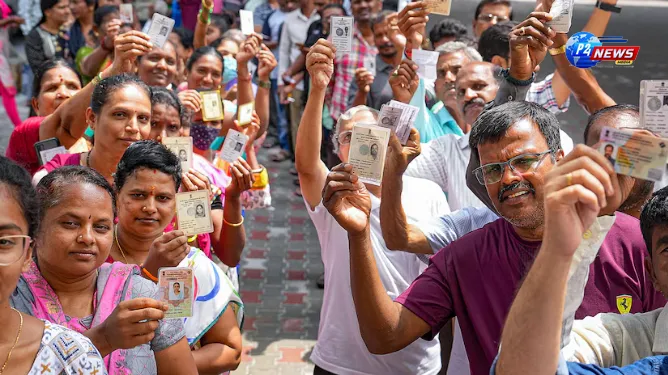
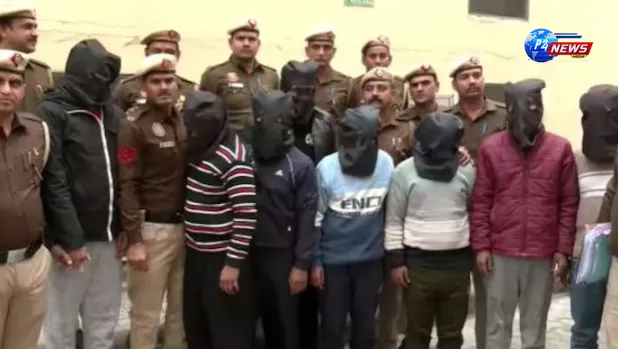
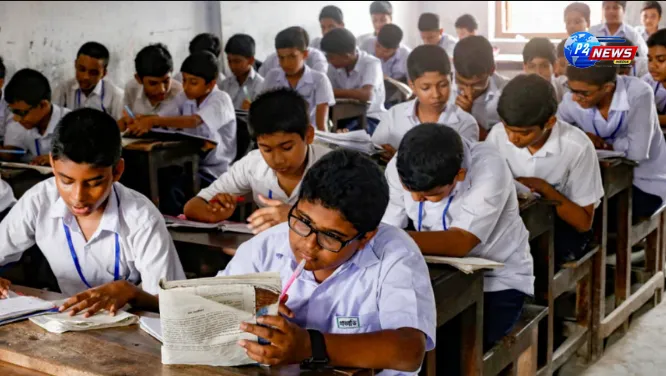







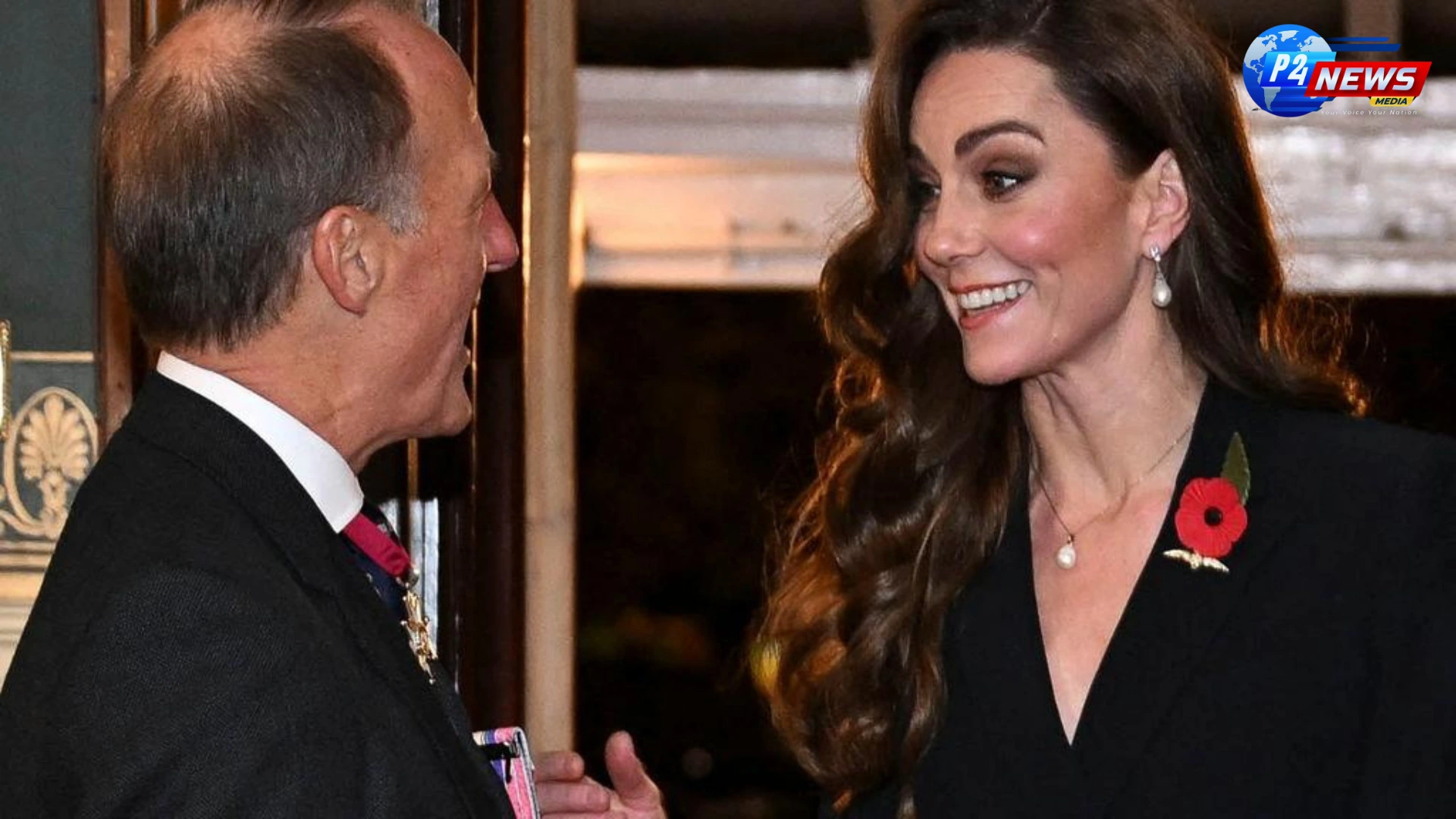
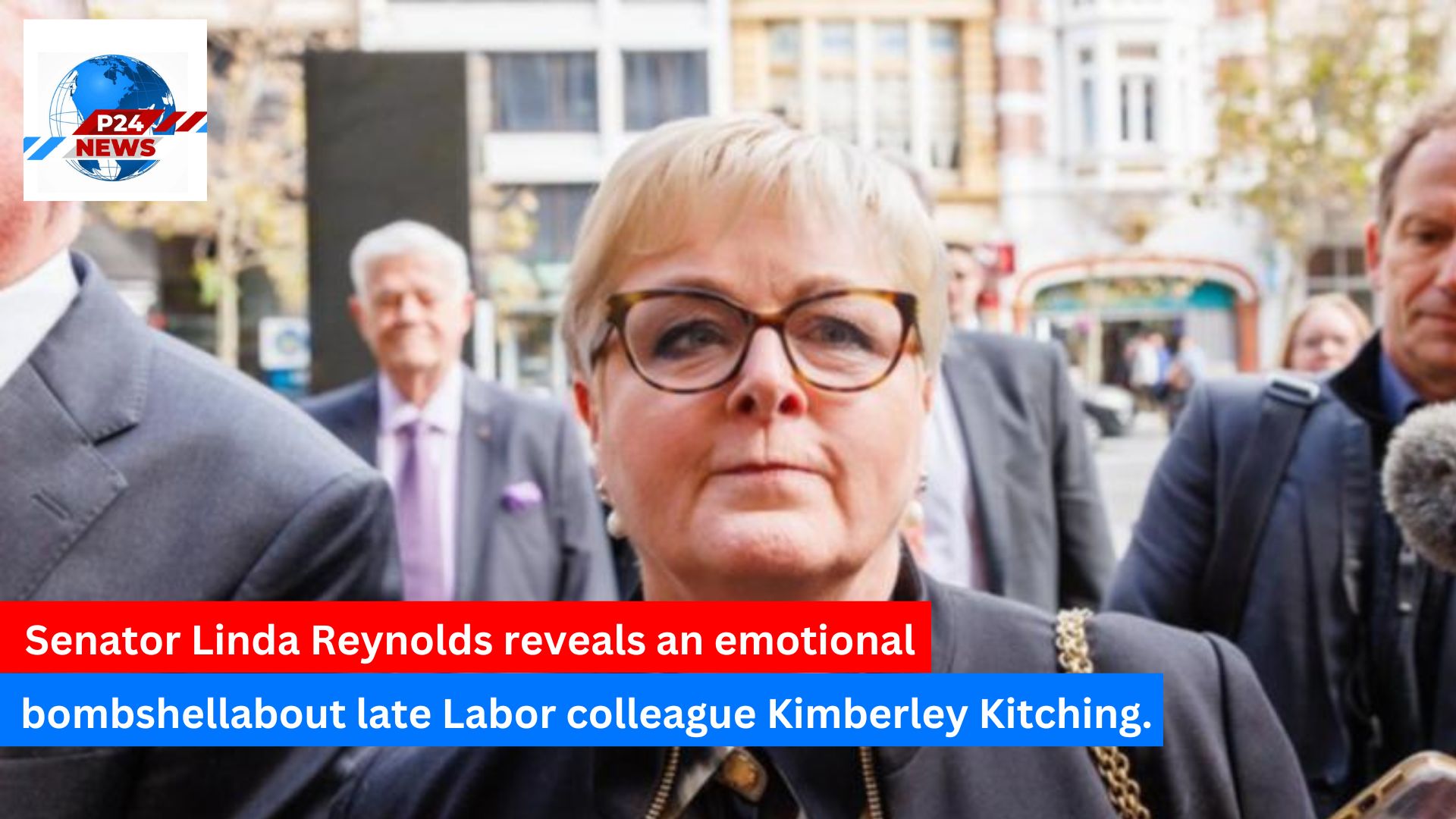
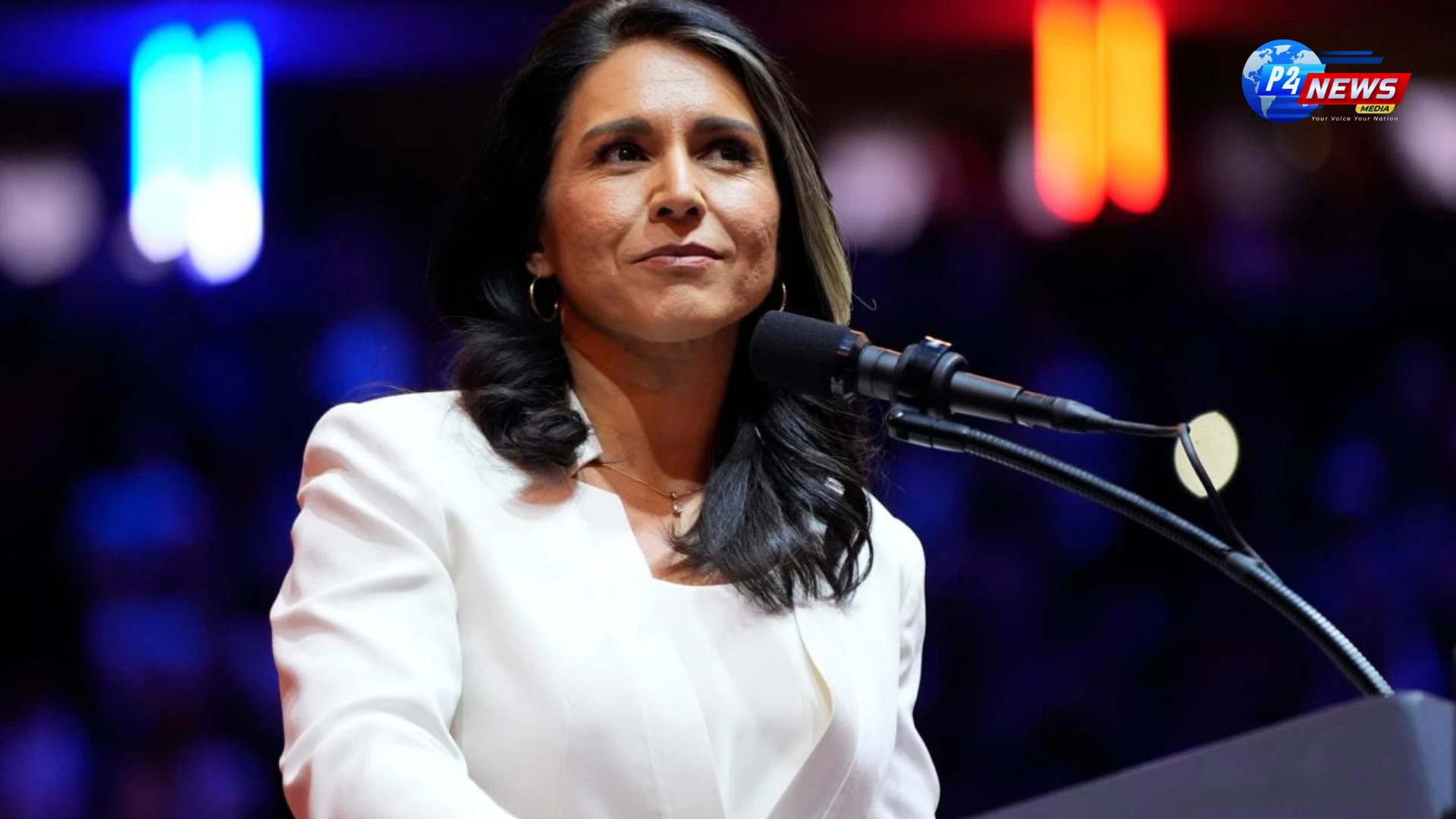
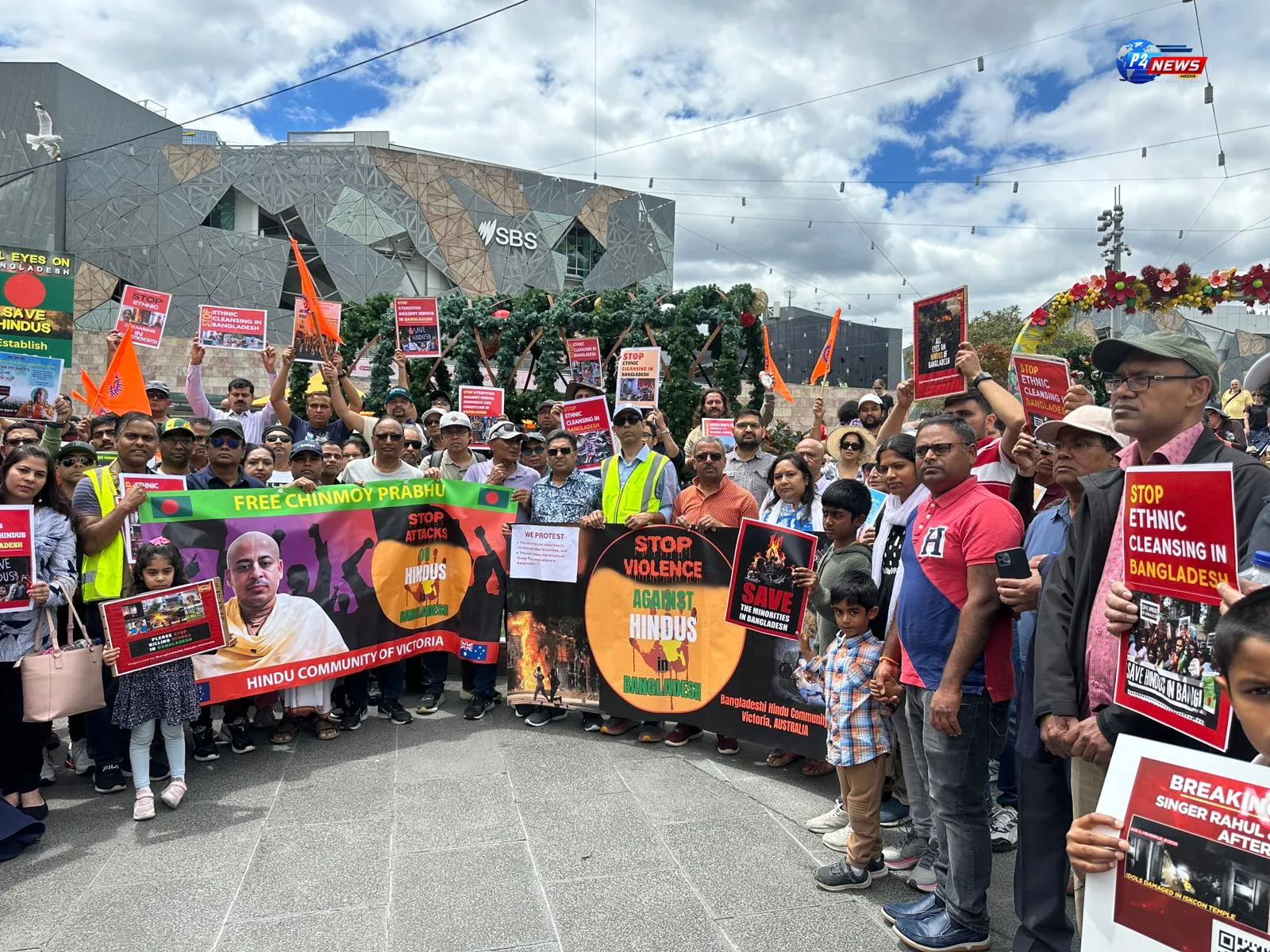
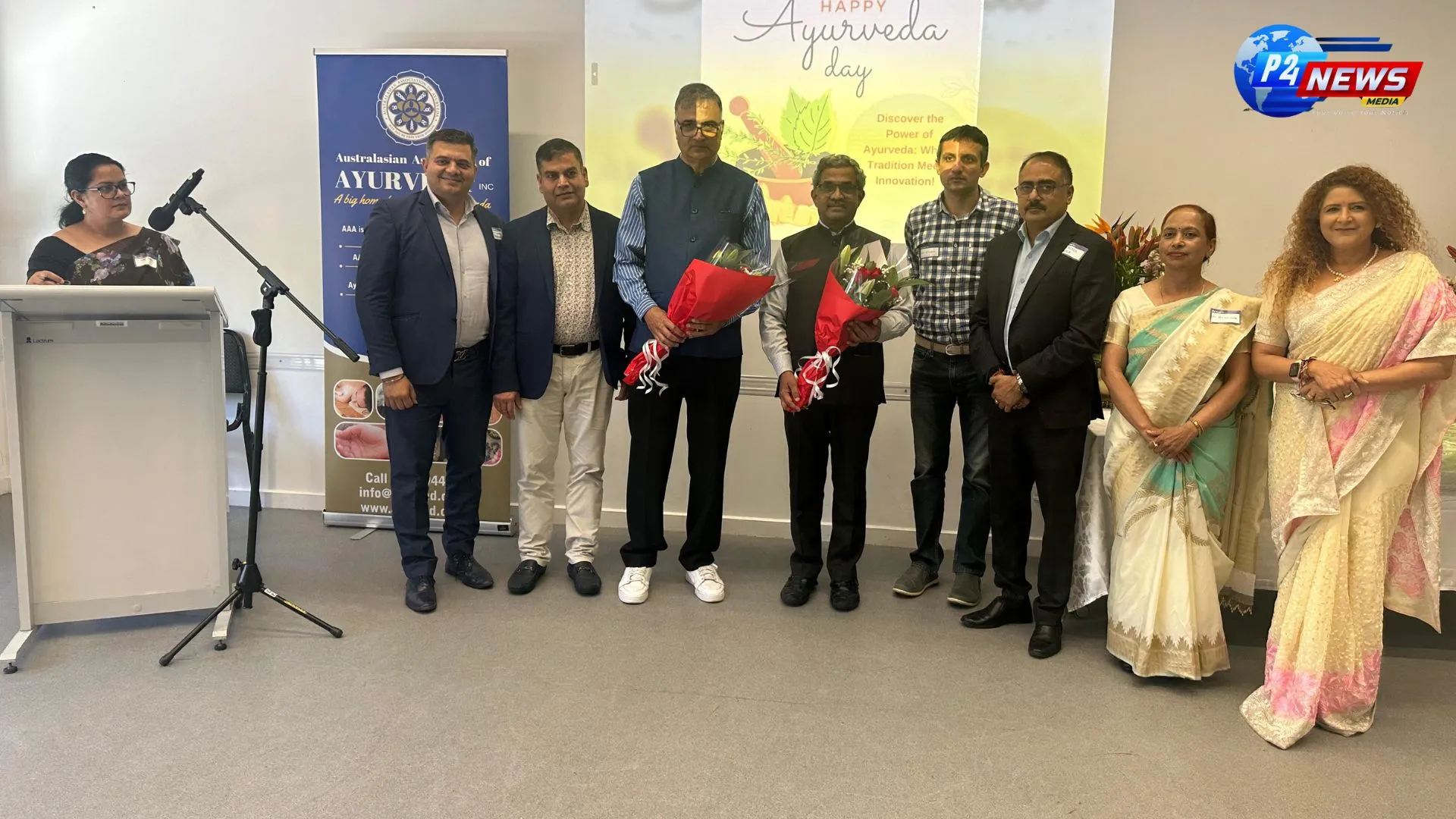
Comments 0